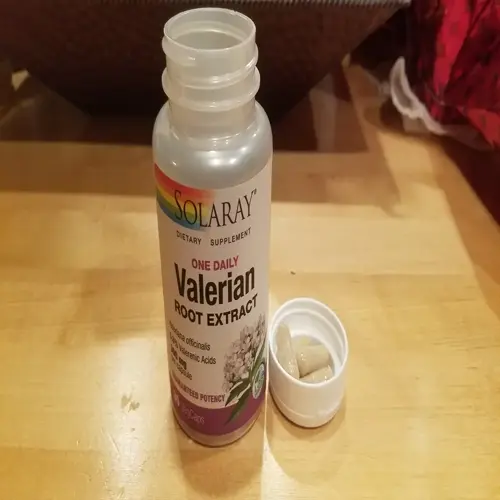How often should I do aquatic therapy?

Written by
Leilani Ibeh
Reviewed by
Prof. Benjamin Murphy, Ph.D.The best frequency of aquatic therapy varies according to your personal health goals and the severity of your condition. Research has shown that measurable improvements occur with different frequencies of visits. Most therapeutic programs recommend starting with weekly, consistent visits. This will effectively accomplish the fundamental goals.
Acute Rehabilitation
- 3-5 sessions weekly for 4-8 weeks
- Accelerates initial healing phase
- Builds neuromuscular patterns
Chronic Condition Management
- 1-2 sessions weekly ongoing
- Maintains functional improvements
- Prevents symptom regression
Athletic Performance
- 2-3 sessions weekly during training
- Enhances recovery between workouts
- Improves flexibility and power
Preventive Maintenance
- 1 session weekly or biweekly
- Sustains mobility and strength
- Reduces injury risk long-term
Research shows distinct dose-effect relationships in water therapy. Treatment benefits occur with weekly sessions. Functional improvements occur with increased frequency. Periodic visits are necessary to maintain goals that have been achieved. The therapist suggests treatments suited to the individual, based on progress made.
Intensive initial treatment lasts usually about 4-12 weeks. This allows neuromuscular patterns to develop and strength gains to be achieved before transitioning to a maintenance frequency, ensuring that progress is preserved. Many people continue with a once-a-month session indefinitely, so that the regression of therapeutic effects does not occur.
Personalized recommendations for a therapist take into consideration your individual circumstances. Age, fitness level, and specific medical conditions also influence how frequently you come in initially. Progress is then tracked through functional assessments, and modifications are made as your abilities improve. This facilitation ensures that you get the most effective and efficient outcomes.
At-home exercises are an accompaniment to formal therapy sessions. During visits, therapists will provide you with routines involving water, etc. This continues the momentum of working towards your goals. Consistency is essential for durable benefits. Water has become your stable partner in sustainable wellness.
Read the full article: Understanding Aquatic Therapy Benefits

